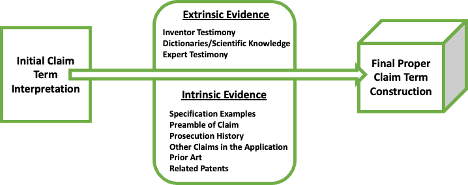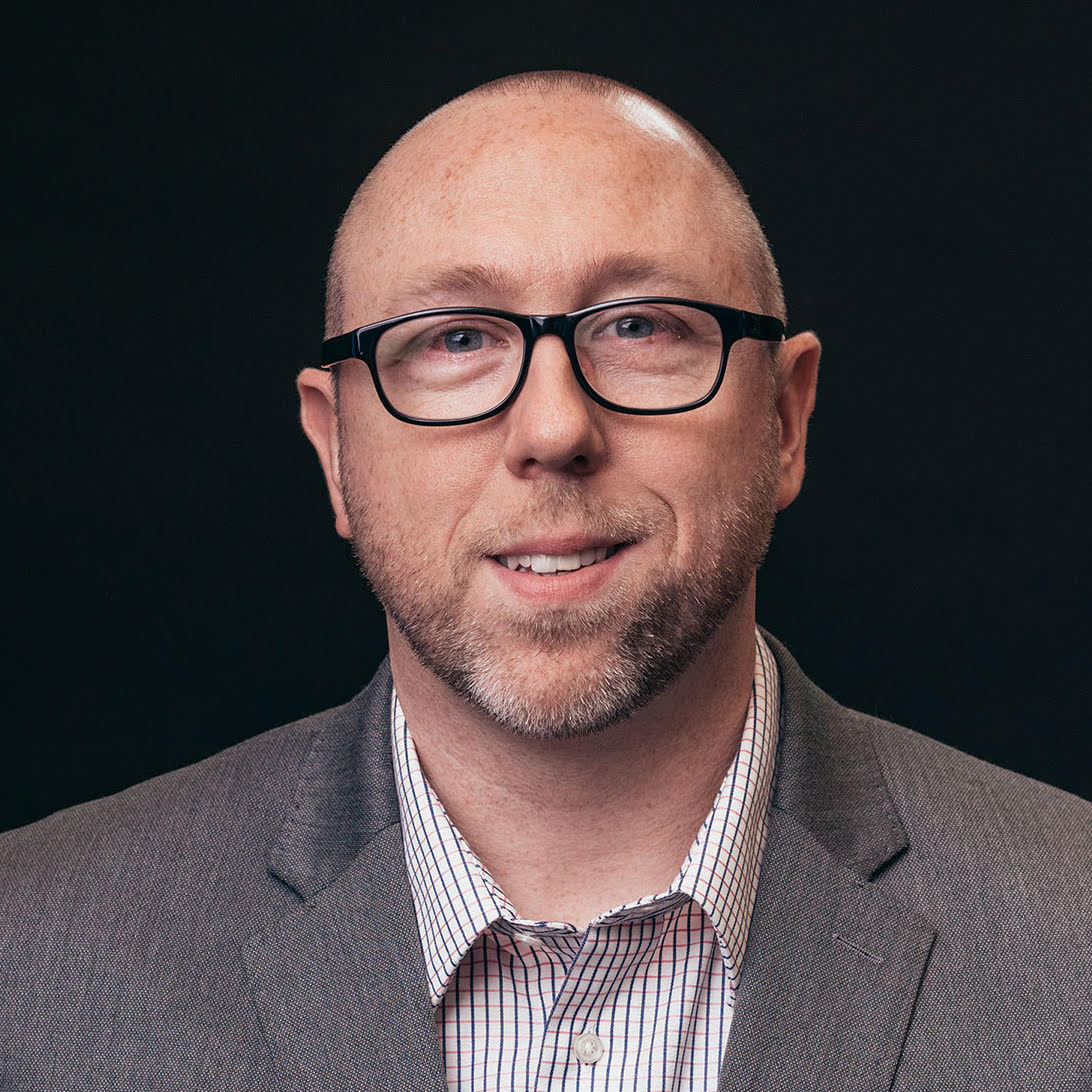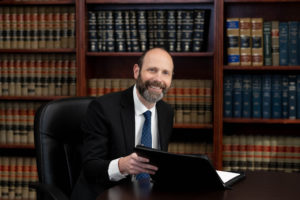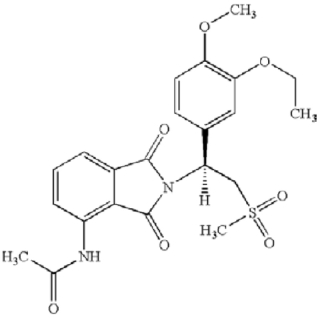Patently Strategic Podcast: Claim Construction
Claim construction is a process in which courts attempt to interpret the meaning and scope of the claims of a patent. It’s effectively reconstructing what an inventor and their practitioner meant back when they drafted the patent application. While your patent might not be tested in a court for many years, understanding the sometimes-surprising language specifics and context traps while drafting now can help set you up for success later when defending your patent or attempting to stop an infringer. The words you choose now and the support you provide when drafting are your opportunity to help de-risk the process of courts and juries later interpreting what you meant. And oftentimes, claim construction can be the key factor in resolving disputes even before litigation, with the facts that come out of claim construction deciding the monetary value and payouts in settlements.
The Basic Building Blocks
- Claim construction is a process in which courts attempt to interpret the meaning and scope of the claims of a patent.
- The claim construction process typically involves: (1) identifying particular patent claim language that requires construing, and (2) performing an infringement analysis based on the construed terms to determine whether or not claims have been violated.
Claim construction is always a question of law for a judge to determine, but often underlying factual data and disputes of such data may occur during the process to influence the outcome. Only a small percentage of claim terms are selected for claim construction, but which claim terms are at risk of selection is not known until a claim construction is demanded. Thus, the language used by the patent prosecutor to draft the patent claims and the patent specification is of utmost importance.
When drafting patent claims, patent draftspersons (e.g., patent prosecutors) attempt to achieve a delicate balance of clarity, breadth, and flexibility with the claim language. Along the way, inventors and patent examiners can also influence and/or add to that claim language resulting in a patent issuing with language generated by a number of people.
In some cases, construing the claims may be critical in determining an outcome in a patent litigation. Getting the language clear and concise upfront saves inventors and companies from being misunderstood and/or mischaracterized at the cost of losing an intellectual asset.
Claim Drafting and the Evolution of Claim Terms
Most patent prosecutors will not encounter claim construction processes, but these prosecutors wield the power to define the claim terms and specification language that shapes a patent application. If such terms and language can be selected to ensure clear and concise meaning before a patent application is assessed by the Patent Office or a third party in litigation, for example, then the terms and language will likely hold up well during the scrutiny that may occur during the claim construction process.
While it may be difficult to fully understand how each term in a claim or specification may be used to define a boundary for awarding or denying rights associated with a patent claim, being cognizant of such later scrutiny during a drafting phase of the patent application can lead to stronger patents that hold up to such scrutiny.
Vocabularies for Claim Terms
Patent claims may involve language provided by multiple drafting actors (e.g., the patent prosecutor, multiple inventors, a patent examiner, and any number of supervisors related to these actors). Because so many actors can be involved, the patent application can include a few distinctly different vocabularies that end up in both the patent specification portion and the patent claims portion. The vocabularies may inadvertently result in inconsistent definitions/terms used throughout the patent application. Example vocabularies can include:
- Plain English
- Scientific/Technical Jargon
- Language Conventions of Claim Drafting
- Internal Lexicon of the Inventor
Because a few different vocabularies may be used when generating patent applications and patent claims, clarity may be muddled and terms may be inadvertently defined and redefined. Patent claims are frequently amended during the prosecution process based on the actions of the patent examiner, leading to additional risks of introducing confusion or impreciseness. The patent examiner’s interest is in ensuring that the claims are valid and (1) not anticipated, obvious, or indefinite, and (2) adequately described, but the patent examiner is not necessarily interested in clarity of terms.
Patent case law instructs courts to interpret patent claims from the perspective of a person having ordinary skill in the art (i.e., the scientist, technologist, or artisan in the relevant field of invention). This characterization may blur the significant roles of the patent prosecutor (e.g, patent draftsperson) and the patent examiner in actual claim drafting practice. Such blurring can cause the courts to over-include terms that may require construction.
Therefore, claim language may be inadvertently confusing. When such terms are deemed confusing or unclear, claim construction may be used to clarify the meaning of the claim language or the entire claim scope itself.
Evidence Role in Claim Construction
In practice, the construction of claim terms requires a review of the patent’s intrinsic evidence and, where appropriate, a review of the patent’s extrinsic evidence.
Episode Overview: Building Strong Patent Foundations
Kristen Hansen, Patent Strategist and creative claim construction worker at Aurora, leads a discussion along with our patent panel, exploring:
- The evolution of claim terms
- Claim construction basics and a historical look at Markman hearings
- Intrinsic evidence vs. extrinsic evidence
- Claim construction in prosecution vs. litigation
This is done in part by looking at evidence during claim construction preliminary steps and Markman hearing basics. We look at some historical facts about Markman hearings and assess precedential cases as a way to learn how claim construction happens in real cases. In addition, a real-life example is provided applying claim construction to claim terms.
Discussion Panel
Kristen has worked both as a Software Engineer and a Patent Agent for the last two decades. While generating strategic patent portfolios for some of the Big Tech Valley giants, she worked closely with litigators tasked to uphold such portfolios when challenged in post-grant proceedings and litigations. Kristen is joined today by our always exceptional group of IP experts including:
- Ashley Sloat, President and Director of Patent Strategy here at Aurora
- David Jackrel, President of Jackrel Consulting
- David Cohen, Principal at Cohen Sciences
- Steve Stupp, Partner at Stupp Associates, LLC
- Ty Davis, Patent Strategy Associate at Aurora
- Arman Khosraviani, Patent Agent and Former US Patent Examiner
Mossoff Minute: Drug Price Controls
In this month’s Mossoff Minute, Professor Adam Mossoff discusses recently proposed regulations that would misapply Bayh-Dole provisions to impose march-in rights on patent-protected innovations and create price controls via compulsory licensing. This amounts to government seizure of private property and will do tremendous harm – especially to the life sciences – if implemented. We’re also publishing excerpts as short-form videos on Instagram Reels, YouTube Shorts, and TikTok.
Season Four Preview
In today’s episode, we’re officially kicking off our fourth season! It’s going to be another big year for patents and we couldn’t be more excited about the lineup we’re rolling out, including:
- More great and inspiring inventor stories – starting later in February, with an interview with James Howard, Executive Director of the Black Inventors Hall of Fame, and later in the year with Multi Wedge Founder, Robert Cameron, who will talk about his incredibly wild self-bootstrapped success story.
- Since no industry is immune to its reach, including ours, we’ll also be taking an in-depth look at AI implications for patenting and whether or not AI might terminate – or even save the patent system.
- In continuing with the roots of this podcast, we’ll be doing further exploration of the nuts and bolts of patenting including deeper dives into claim strategies, an exploration of the fundamentals of dealing with rejection during prosecution, a special guest-hosted exploration of petition practice, and a look into why continuations are one of the most important things future self will thank you for doing.
- We’ve also started recording for a series we’re very excited about that will explore strategies for future-proofing patents. This multi-part series will detail strategies for crafting quality patents that will increase your odds of success if faced with the PTAB or should you need to leverage the ITC to block the import of infringing inventions.
- And of course, we will continue to bring you expert interviews with key players in patent reform and cover any significant legislative movements around bills like PERA and PREVAIL.
Josh Sloat
Josh Sloat serves as an Executive Technology Advisor with Aurora Consulting and provides consultation for patents in the software, information technology and telecommunications spaces. With over 15 years of engineering […see more]







